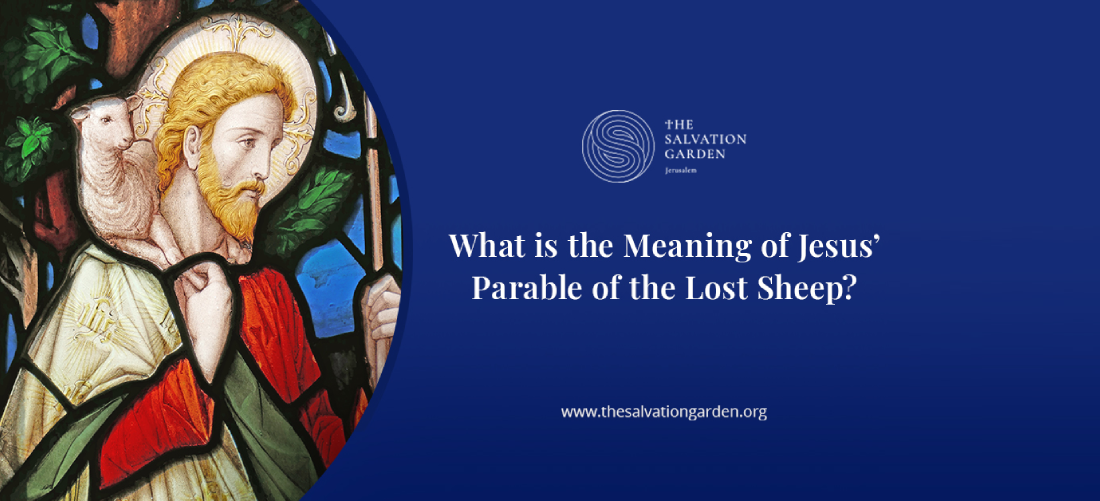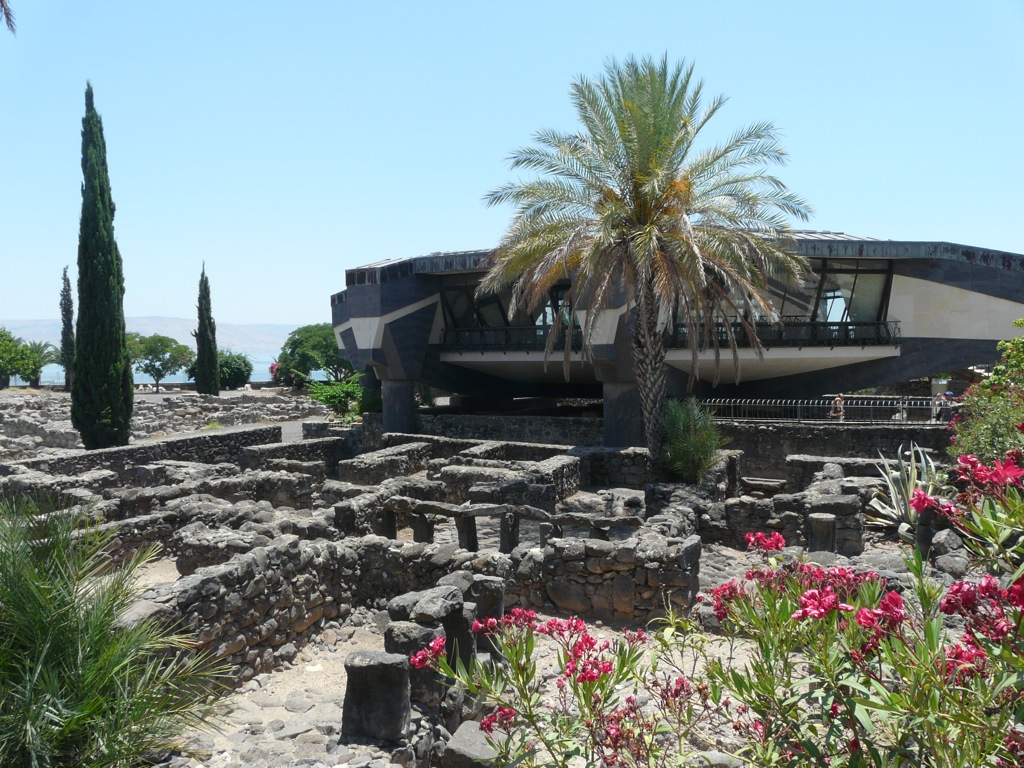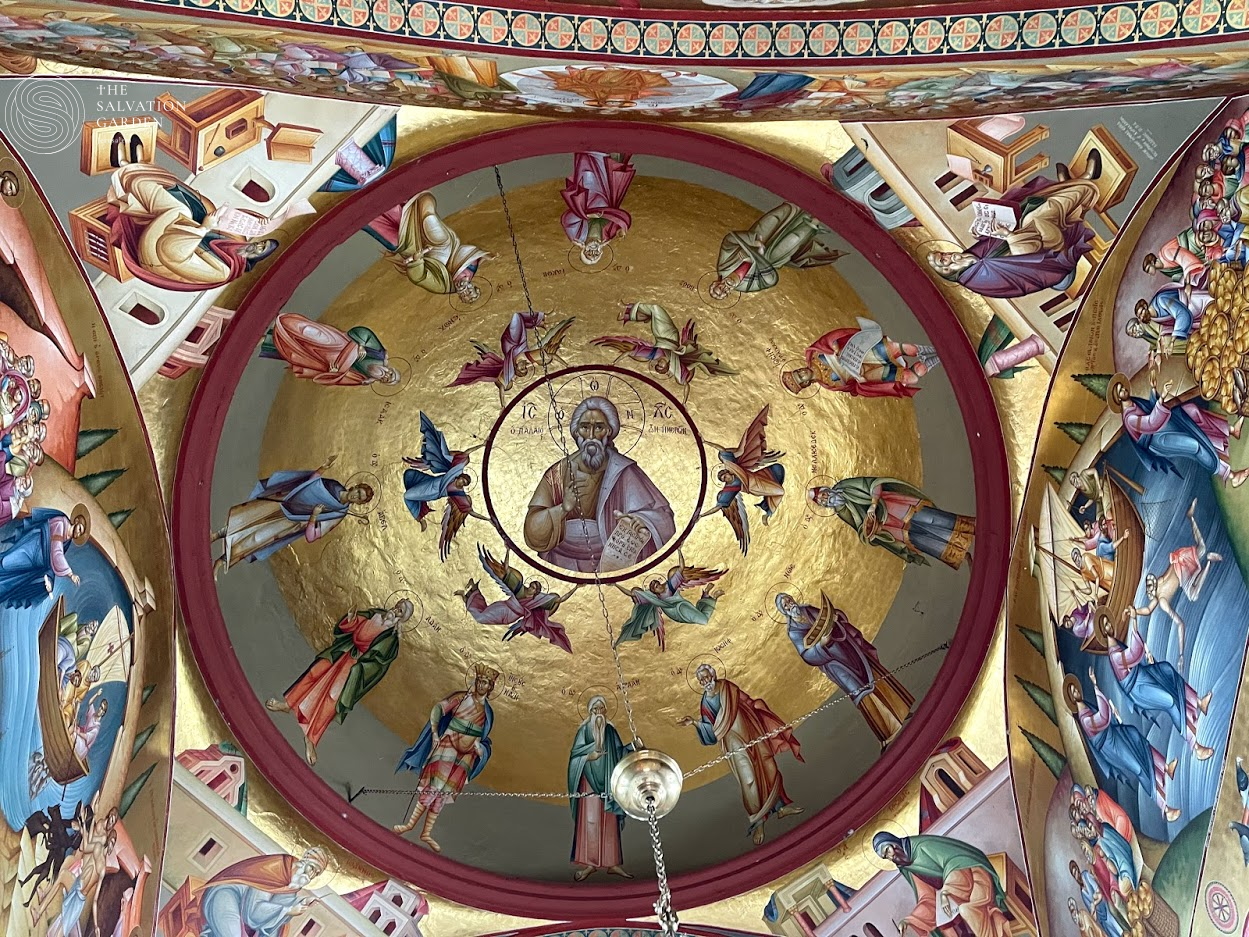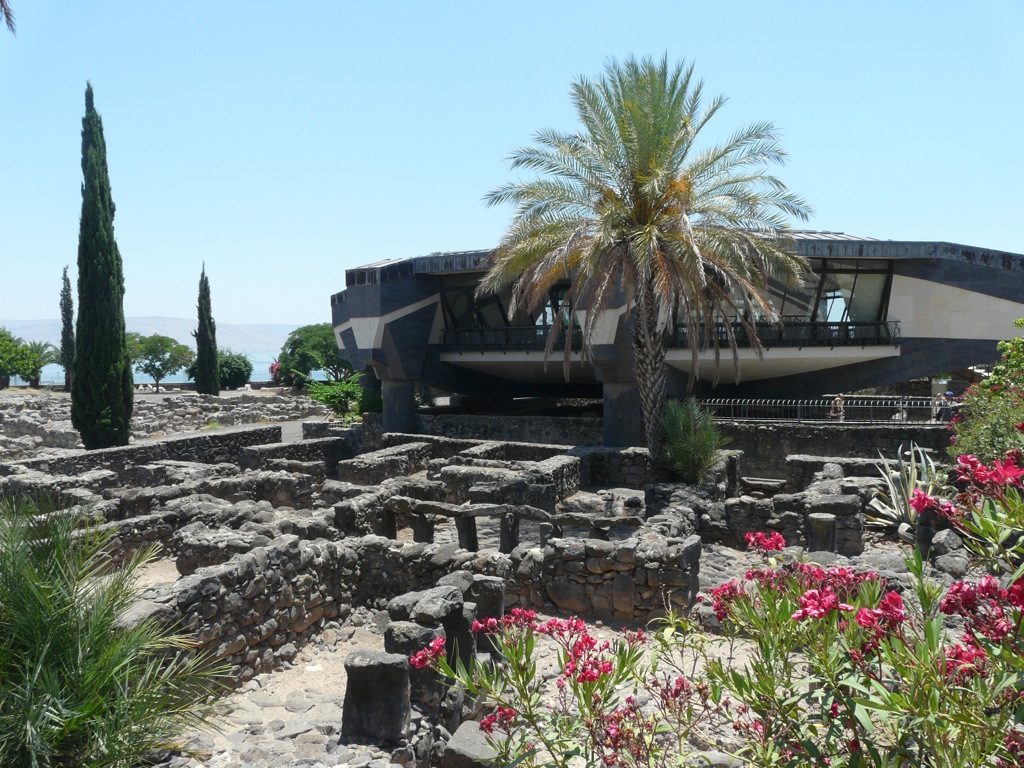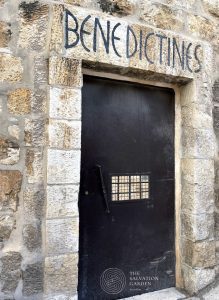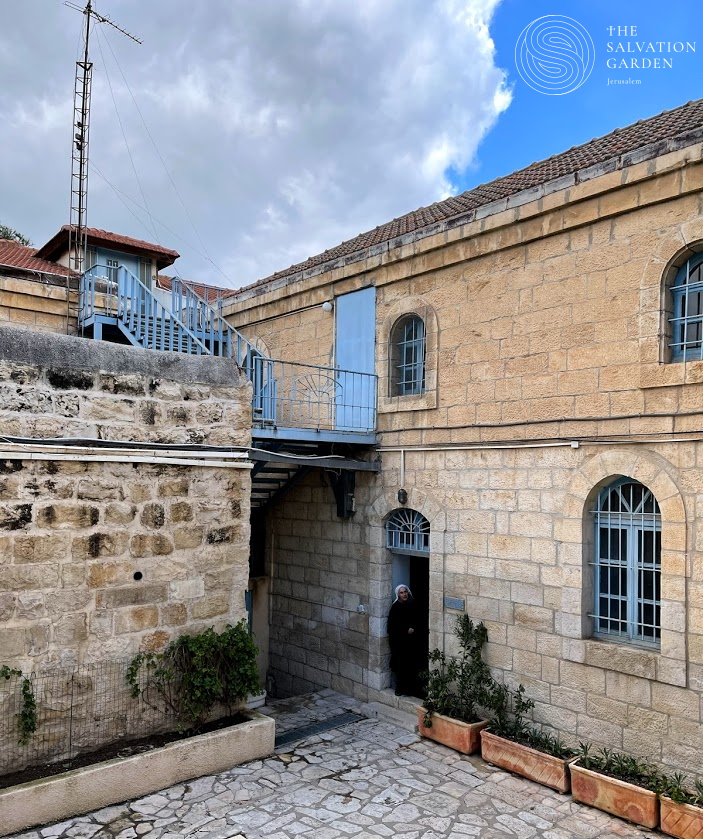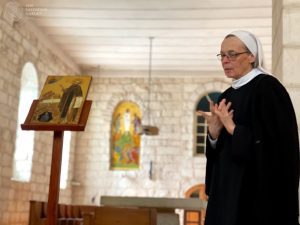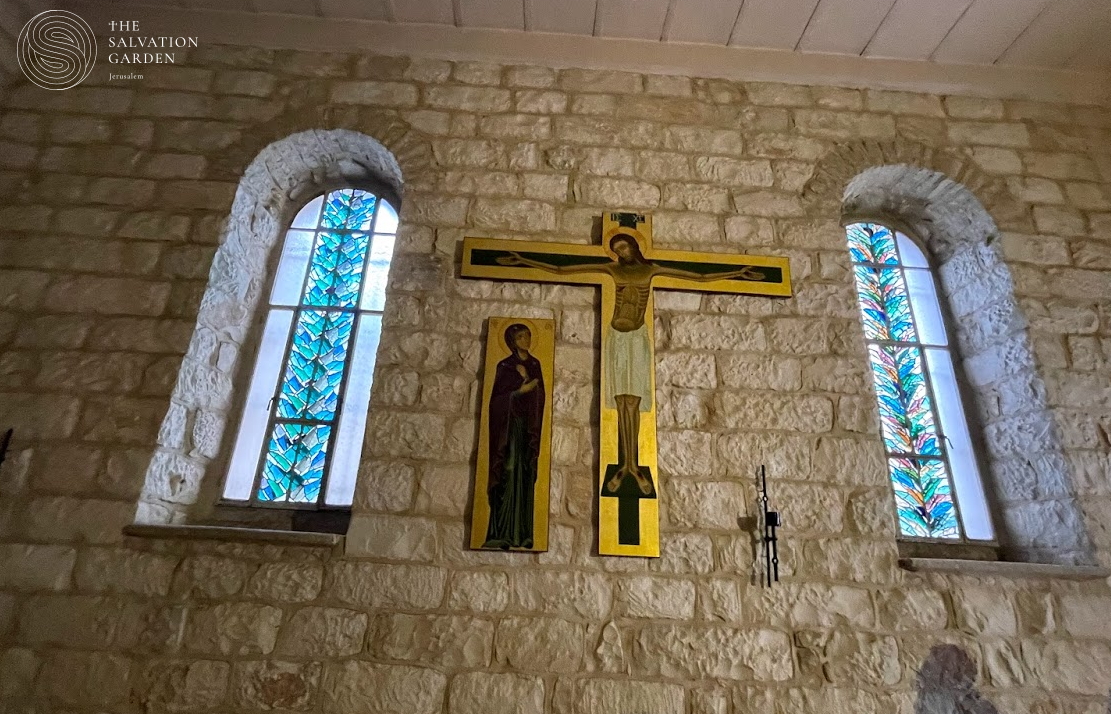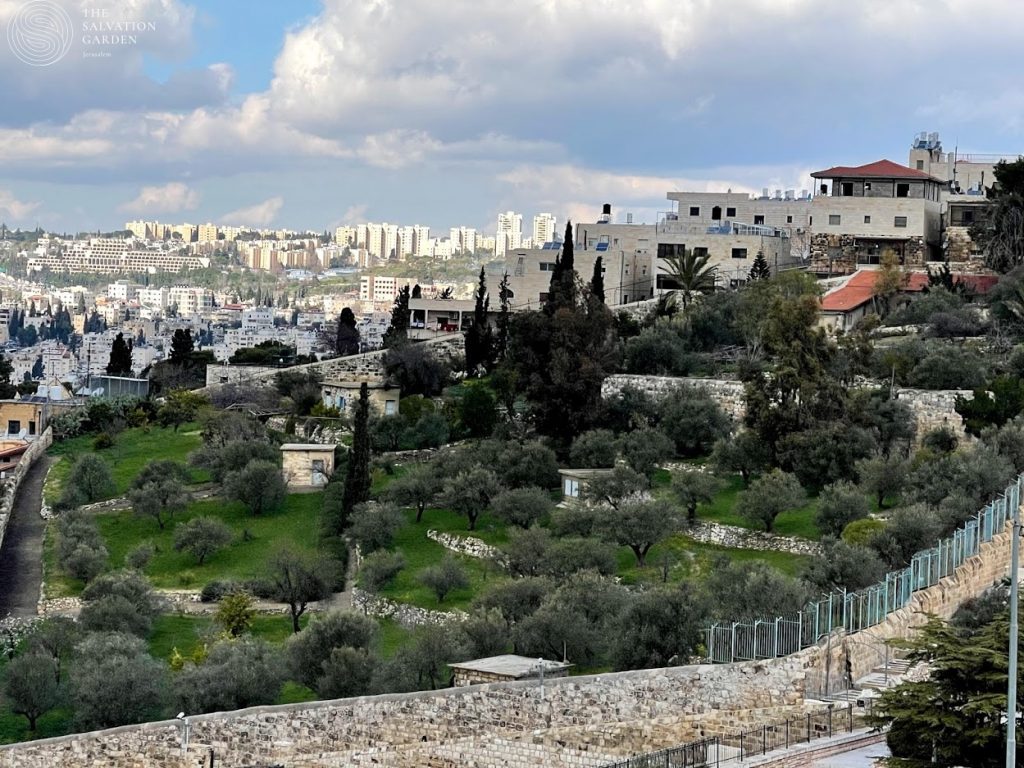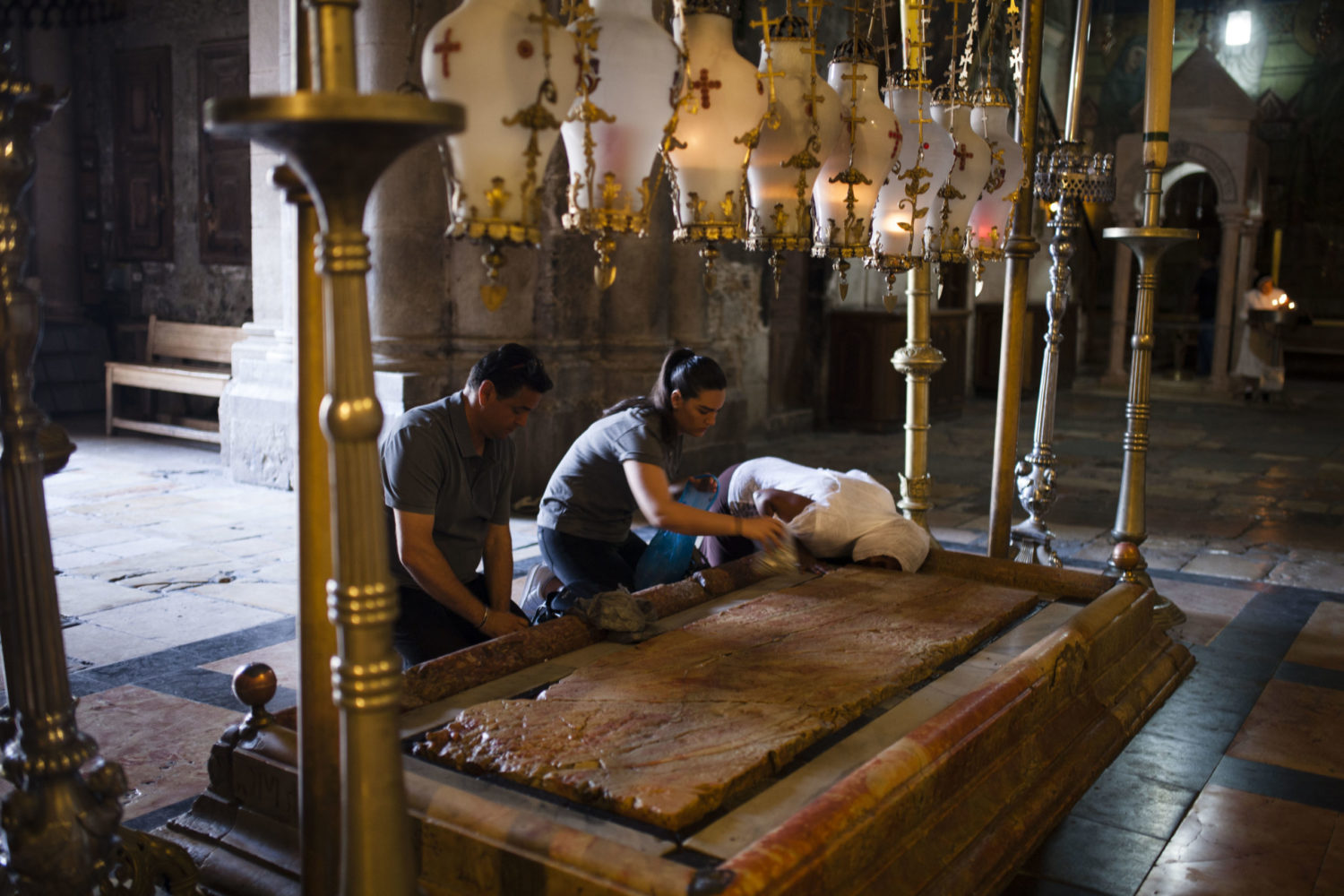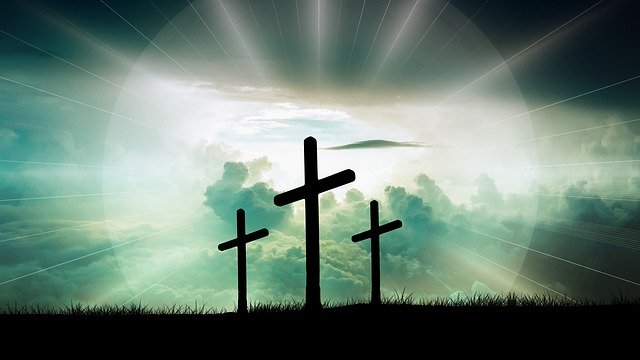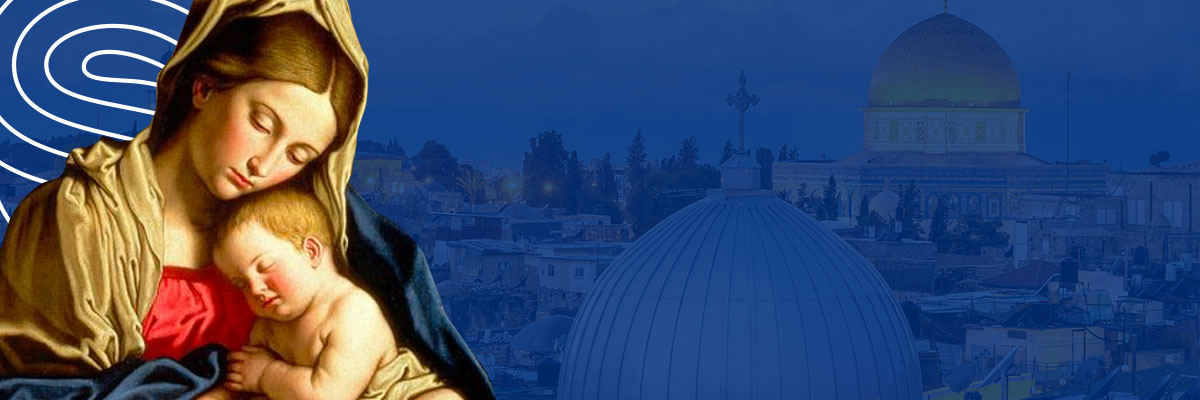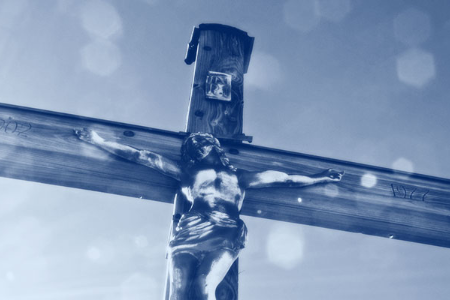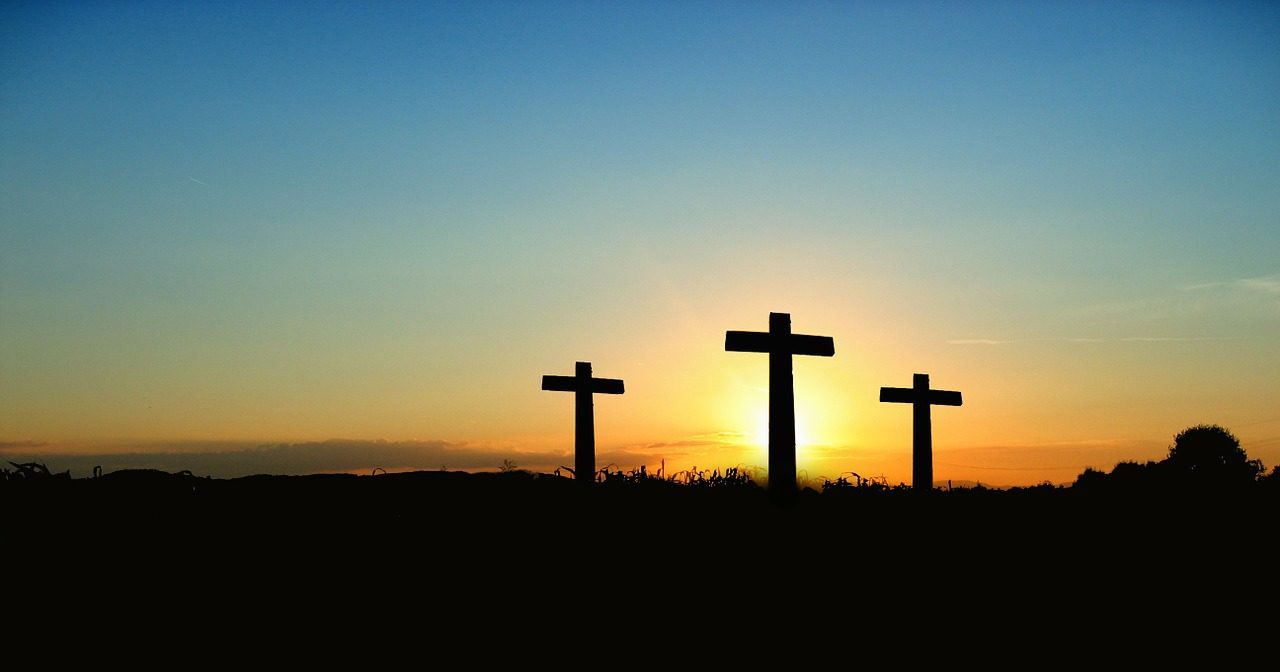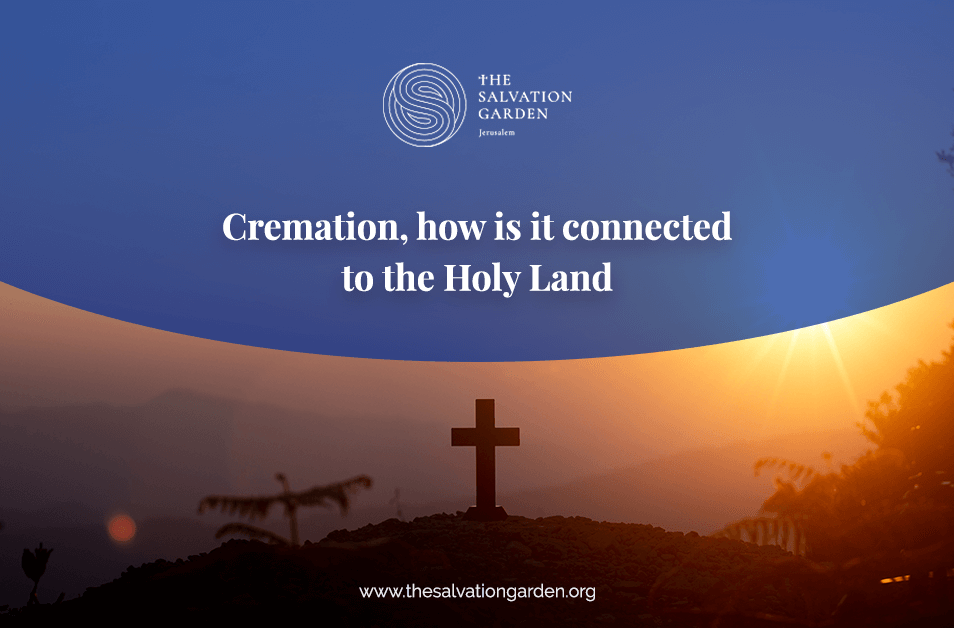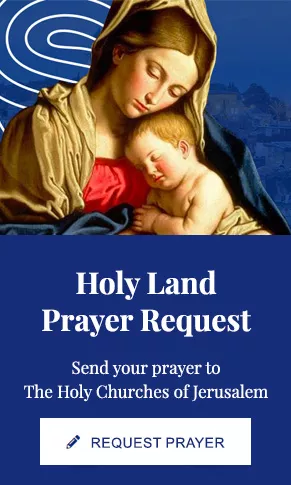What is the Meaning of Jesus’ Parable of the Lost Sheep?

It is not uncommon to be disdainful of those who consider themselves superior, as a class, than others in general, but you probably didn’t know that Jesus’ Parable of the Lost Sheep was the one of the first such acts of revolt against classism. Why do we say that, you may ask. Here’s why:
Now the tax collectors and sinners were all gathering around to hear Jesus. But the Pharisees and the teachers of the law muttered, “This man welcomes sinners and eats with them.”Then Jesus told them this parable: “Suppose one of you has a hundred sheep and loses one of them. Doesn’t he leave the ninety-nine in the open country and go after the lost sheep until he finds it? And when he finds it, he joyfully puts it on his shoulders and goes home. Then he calls his friends and neighbors together and says, ‘Rejoice with me; I have found my lost sheep.’ I tell you that in the same way there will be more rejoicing in heaven over one sinner who repents than over ninety-nine righteous persons who do not need to repent.Luke 15:1-7
During Jesus’ time, the Pharisees were religious leaders by training and they were considered authorities on the law. In those days, laws was equated with morality and people who didn’t follow strict sets of teacher-given laws were looked upon with scorn and considered outcasts. By associating and “eating with sinners”, Jesus admonishes the Pharisees and teachers of the law with his parable of the lost sheep. Note that it wasn’t Jesus’ way to pick up arguments forcefully. Explaining his point of view through small tales and anecdotes was his way of gently pushing his ideas through.
The parable of the lost sheep explains, in terms that ordinary people of the time could understand, how the ‘good shepherd’ worries over the loss of a single sheep and rejoices when that single sheep is found. God, says Jesus, cares and is worried about each one of us. When we lose our way, God will not abandon us. He would keep reminding us, through the goodness of others around us, that there is a better way to lead our lives. For Christians, this goodness comes through volunteers and groups of the faithful who engage in daily prayer.
Nowadays, we would laugh at anyone who tells us that by associating with ‘wicked people’ we are being wicked ourselves. After years of class struggles and bloody revolutions overthrowing those who believed in privilege by birth, it is good to see our expressions validated by someone who lived two thousand years ago. And his fortitude is even more telling considering it led to his persecution and eventual death at the cross.
Today, Christians all over the world pay homage to the life and times of one, Jesus Christ, a carpenter by trade. The Salvation Garden praying community welcomes you to view the monuments of Jesus and his 12 apostles vicariously. We dedicate our lives to offering your prayers at five of the most beloved churches of the holy lands of Jerusalem, Jaffa, and others in the territories of Israel. Talk to us for special visits by our prayer volunteers today.

